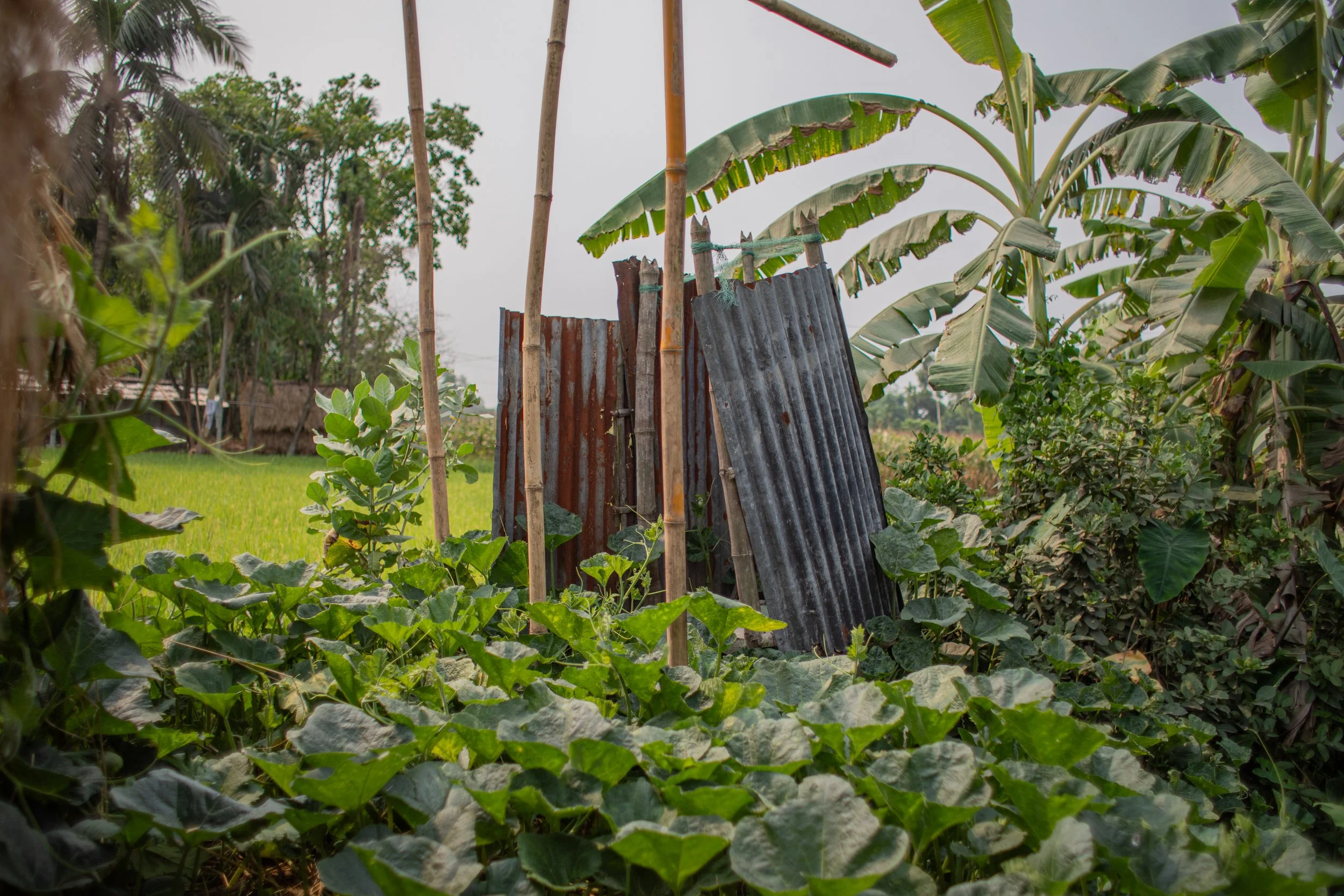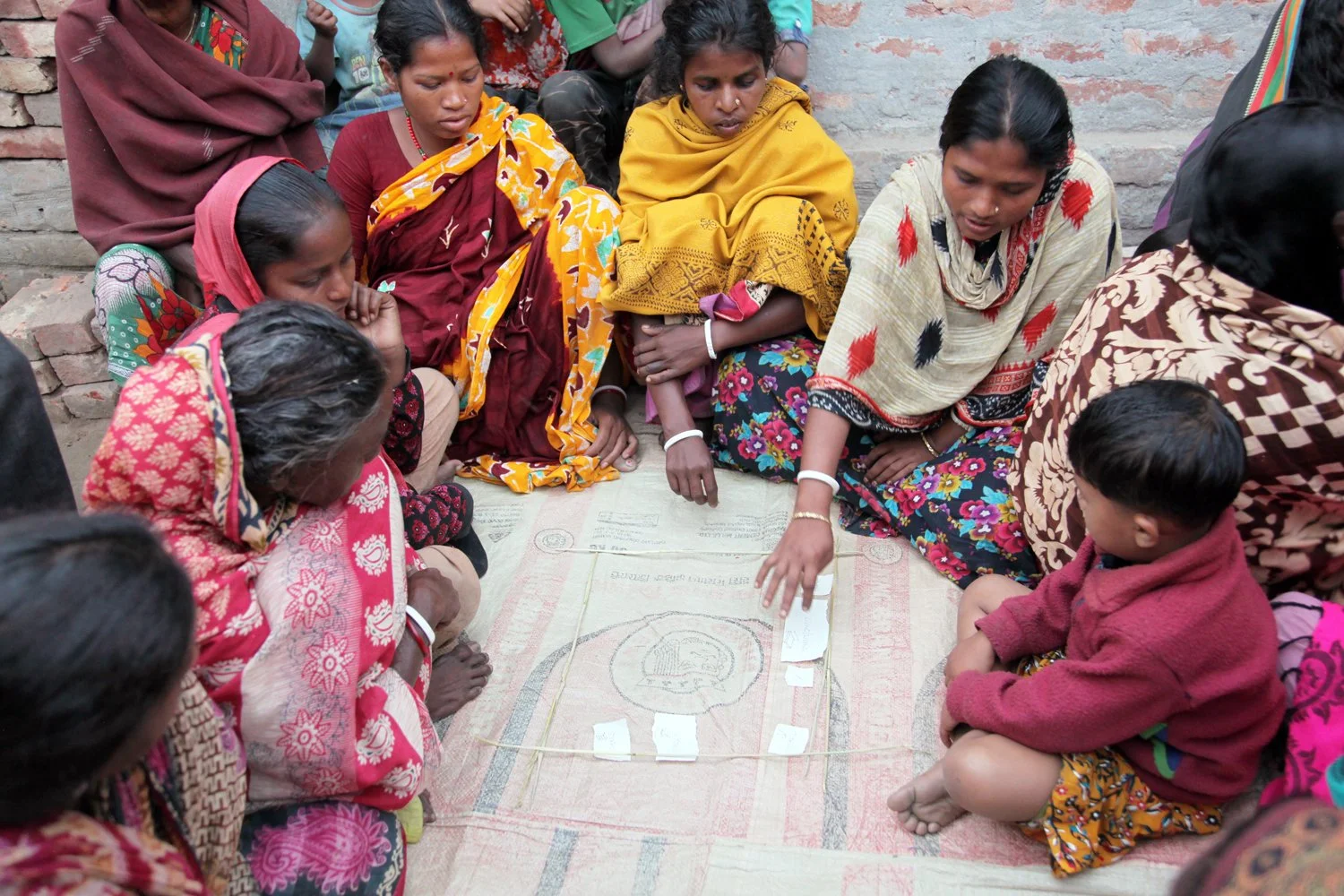Again and again, the answers pointed to women. For too long, sanitation systems have been designed for communities, but not by them — and certainly not by women. And yet, it is women who manage households, and who suffer most when sanitation systems fail. When women are truly involved in decision-making, financing and building, entire communities are lifted. Their insights bring new perspectives on safety, privacy, dignity, and menstrual hygiene — and how to design effective sanitation systems to address these challenges.
Conversations also emphasised how sanitation must adapt to the climate crisis. In Bangladesh, rising seas, salt-contaminated water, floods, cyclones and heatwaves are not abstract theories. They are here, and they are disproportionately affecting the poorest in society. Sanitation must be climate-resilient — not just functional for today, but able to withstand tomorrow.
And while policy makers debate, communities are already leading. Sanitation systems that endure are those rooted in local skills and knowledge. When communities drive development, systems are maintained and replicated.
Governments and funders face a choice. Sanitation is too often treated as a niche. But it’s not niche — it is central. If you say you care about climate adaptation, you must care about sanitation: floods destroy toilets and contaminate water sources. If you say you care about girls’ education, you must care about sanitation: a girl cannot stay in school without a private toilet. If you say you care about women’s empowerment, you must care about sanitation: equality cannot be claimed while 84% still report harassment in public spaces, and the simple act of using a toilet exposes them to risk.
Only a quarter of countries are on track to achieve their sanitation targets. Two-thirds spend less than half of what is needed to meet these targets. Globally, aid is being squeezed — redirected to defence, geopolitical conflicts, and climate mitigation. All urgent, all necessary. But every time sanitation slips further down the list, it is women and girls who pay the price.











